Home>Gardening & Outdoor>Landscaping Ideas>What Is Saw Grass
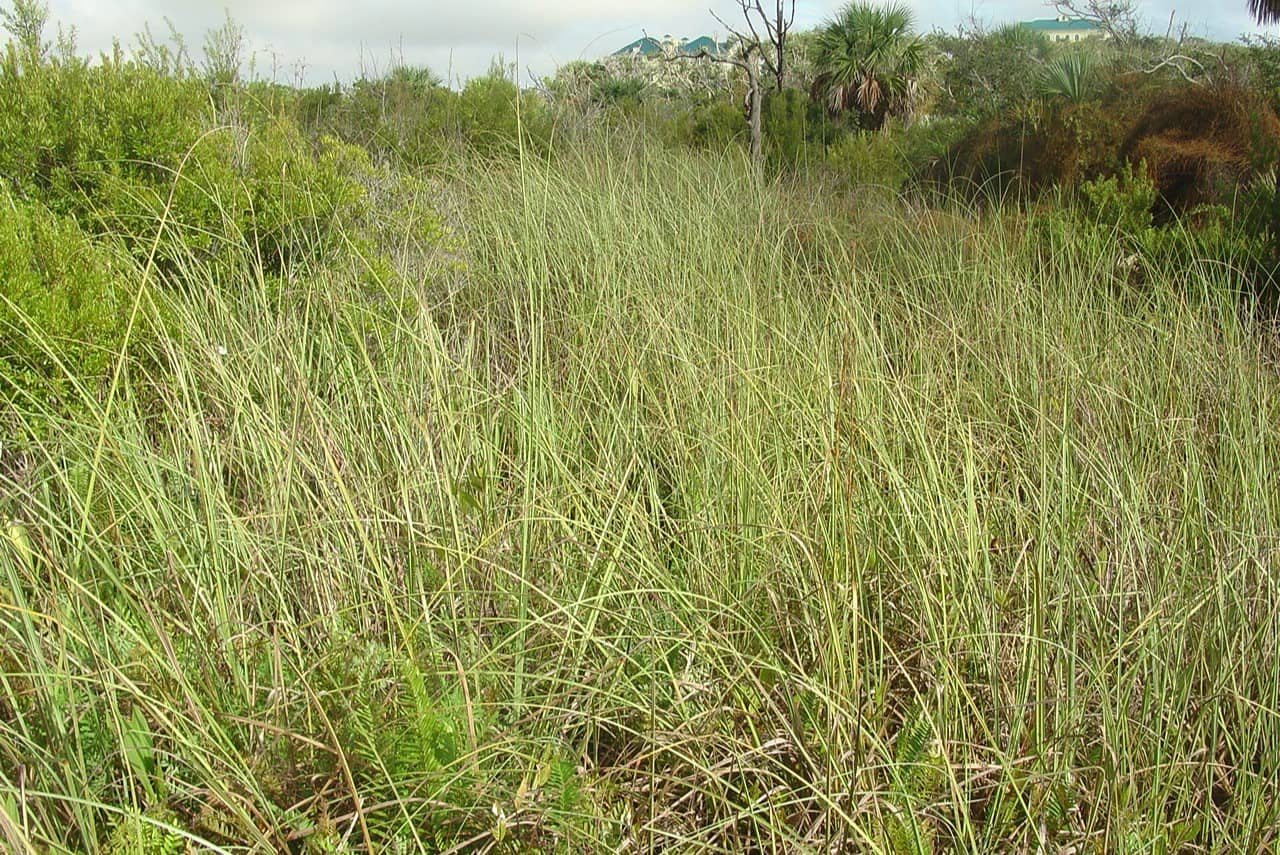

Landscaping Ideas
What Is Saw Grass
Published: January 27, 2024
Discover the benefits of using saw grass in landscaping ideas. Learn how this versatile plant can enhance your outdoor space and thrive in various conditions. Explore saw grass options and tips for incorporating it into your landscaping design.
(Many of the links in this article redirect to a specific reviewed product. Your purchase of these products through affiliate links helps to generate commission for Storables.com, at no extra cost. Learn more)
Introduction
Welcome to the fascinating world of saw grass! This unique plant, with its distinctive features and diverse ecological significance, holds a special place in the realm of wetland landscapes. As we delve into the realm of saw grass, we will uncover its defining characteristics, explore its natural habitat, and unravel the multitude of ways in which it contributes to the environment and human society.
Join me as we embark on an enlightening journey to understand the intricacies of saw grass and gain a deeper appreciation for its role in the intricate tapestry of nature.
Key Takeaways:
- Saw grass, a tall, sharp-leaved plant, is crucial for wetland ecosystems, providing habitat for wildlife and purifying water. It’s also used for crafts and erosion control.
- Conservation efforts are vital to protect saw grass and its wetland habitats, ensuring biodiversity, water quality, and cultural heritage for future generations.
Read more: What Are Some Of The Hand Tools For Saws
Characteristics of Saw Grass
Saw grass, scientifically known as Cladium mariscus, is a perennial grass species that belongs to the Cyperaceae family. This remarkable plant boasts several distinctive characteristics that set it apart from other flora, making it an integral component of wetland ecosystems.
- Physical Appearance: Saw grass is renowned for its tall, slender stems that can reach impressive heights, often exceeding 10 feet. Its long, serrated leaves feature razor-sharp edges, giving the plant its aptly descriptive name. These leaves are typically a vibrant shade of green, adding a striking visual element to the wetland landscape.
- Adaptations: To thrive in its waterlogged habitat, saw grass has evolved remarkable adaptations. Its extensive root system provides stability in the soft, marshy soil, while its ability to tolerate high salinity levels enables it to flourish in brackish and saltwater marshes.
- Reproduction: Saw grass reproduces through the dispersal of its seeds, which are carried by the wind or water to propagate new growth. Additionally, it can spread through its rhizomes, underground stems that give rise to new shoots, enabling the plant to form dense colonies in wetland areas.
- Ecological Role: As a keystone species in wetland ecosystems, saw grass offers vital habitat and sustenance for a diverse array of wildlife. Its dense stands provide shelter for nesting birds, refuge for aquatic organisms, and a foraging ground for various species, contributing to the rich biodiversity of wetland habitats.
These remarkable characteristics collectively underscore the significance of saw grass as a cornerstone of wetland ecosystems, playing a pivotal role in supporting the delicate balance of these vital environments.
Habitat of Saw Grass
Saw grass thrives in a variety of wetland habitats, where its unique adaptations enable it to flourish in environments that may be inhospitable to other plant species. From the expansive marshes of the Everglades to the brackish coastal wetlands, saw grass exerts its presence in diverse ecosystems, shaping the landscape and influencing the intricate web of life within these regions.
One of the primary habitats where saw grass dominates is the freshwater and brackish marshes. These expansive wetlands, characterized by their shallow, slow-moving waters and nutrient-rich soils, provide an ideal environment for saw grass to establish dense stands. Here, the plant’s extensive rhizome network anchors it firmly in the soft, muddy substrate, allowing it to thrive amidst the dynamic fluctuations of water levels.
Furthermore, saw grass exhibits a remarkable tolerance for high salinity, enabling it to colonize coastal marshes and estuarine environments. In these brackish and saltwater wetlands, the plant’s ability to withstand the challenges of fluctuating salinity levels cements its role as a vital component of these coastal ecosystems.
From the Gulf Coast to the Atlantic seaboard, saw grass contributes to the formation of vital coastal marshes, offering protection against erosion, providing habitat for diverse wildlife, and serving as a buffer against storm surges and tidal fluctuations.
Moreover, the iconic Everglades of Florida, often referred to as the “River of Grass,” exemplify the profound influence of saw grass on a grand scale. Here, vast saw grass prairies stretch as far as the eye can see, shaping the unique hydrological and ecological dynamics of this renowned wetland ecosystem.
By understanding the diverse habitats where saw grass thrives, we gain insight into its ecological significance and the pivotal role it plays in shaping the intricate tapestry of wetland landscapes.
Sawgrass is a type of grass found in wetlands and marshes. It has sharp edges that can cut like a saw, hence the name. It provides habitat for many animals and helps prevent erosion.
Uses of Saw Grass
Beyond its ecological significance, saw grass holds a multifaceted role in human society, offering a range of practical and cultural uses that have shaped various aspects of human history and contemporary life.
- Traditional Indigenous Practices: For many indigenous communities, saw grass has been an invaluable resource, utilized for crafting woven mats, baskets, and thatched roofing. The plant’s long, sturdy leaves lend themselves to traditional craftsmanship, providing essential materials for creating functional and decorative items within these cultures.
- Landscaping and Erosion Control: In modern landscaping practices, saw grass is often employed for its ornamental appeal and its effectiveness in controlling erosion. Its dense growth habit and robust root system make it a popular choice for stabilizing shorelines, mitigating the impact of water currents, and enhancing the aesthetic appeal of wetland restoration projects.
- Wildlife Habitat and Restoration: Saw grass plays a crucial role in wildlife conservation and habitat restoration efforts. Its dense stands provide essential shelter and nesting sites for numerous bird species, while also offering refuge for small mammals, reptiles, and amphibians. As a result, saw grass restoration projects are instrumental in enhancing biodiversity and supporting the ecological balance of wetland ecosystems.
- Bioremediation and Water Filtration: With its extensive root system, saw grass contributes to the purification of water in wetland environments. The plant’s roots act as natural filters, removing excess nutrients and impurities from the water, thereby improving water quality and contributing to the overall health of aquatic ecosystems.
- Cultural and Recreational Significance: The presence of saw grass in wetland landscapes holds cultural significance for many communities, serving as an emblem of the unique natural heritage of these regions. Additionally, these habitats, adorned with swaying saw grass and teeming with diverse wildlife, attract nature enthusiasts, birdwatchers, and ecotourists, offering opportunities for recreational activities and nature-based tourism.
These diverse uses underscore the far-reaching impact of saw grass, highlighting its relevance in both ecological conservation and human interaction with the natural world.
Conservation of Saw Grass
Preserving the delicate balance of wetland ecosystems, including the vital role of saw grass within these habitats, is of paramount importance for environmental sustainability and the well-being of countless species. As such, concerted efforts in conservation and restoration are essential to safeguard the future of saw grass and the ecosystems it inhabits.
One of the key conservation strategies for saw grass involves the protection and restoration of wetland habitats. This encompasses the preservation of natural marshlands, the reclamation of degraded wetlands, and the establishment of protected areas to safeguard critical saw grass habitats from encroaching development and habitat loss.
Furthermore, invasive species management plays a crucial role in the conservation of saw grass and its associated ecosystems. Invasive plants that outcompete saw grass and disrupt the natural balance of wetland communities pose a significant threat. Therefore, implementing measures to control and mitigate the impact of invasive species is vital for maintaining the integrity of saw grass-dominated habitats.
Collaborative initiatives involving government agencies, conservation organizations, and local communities are instrumental in promoting the sustainable management of wetlands and the preservation of saw grass ecosystems. These partnerships facilitate the implementation of restoration projects, scientific research, and public outreach efforts aimed at raising awareness about the ecological importance of saw grass and the need for its conservation.
Moreover, integrating saw grass conservation into broader wetland conservation strategies is essential for addressing the complex challenges facing these critical ecosystems. This includes addressing issues such as water quality management, hydrological restoration, and sustainable land use practices to ensure the long-term viability of saw grass habitats and the myriad ecological services they provide.
By prioritizing the conservation of saw grass and the wetland ecosystems it inhabits, we can uphold the intricate web of life that depends on these vital habitats, safeguarding biodiversity, water resources, and the ecological resilience of these invaluable landscapes.
Read more: What Is The Best Table Saw For Woodworking
Conclusion
As we conclude our exploration of saw grass, we emerge with a profound appreciation for the intricate tapestry of ecological significance, cultural heritage, and practical utility woven by this remarkable plant. From its towering presence in wetland habitats to its diverse uses in human society, saw grass exemplifies the interconnectedness of nature and humanity.
Embracing the conservation of saw grass and the wetland ecosystems it inhabits is not merely an act of environmental stewardship; it is a testament to our commitment to preserving the rich biodiversity, ecological resilience, and cultural heritage intertwined with these vital landscapes.
By recognizing the invaluable role of saw grass in shaping wetland ecosystems, supporting wildlife, purifying water, and enriching human experiences, we honor the profound significance of this resilient plant and the myriad ways it contributes to the well-being of our planet.
As stewards of the natural world, let us continue to champion the conservation of saw grass, working in harmony with nature to ensure the perpetuation of these vital wetland habitats for generations to come. Through our collective efforts, we can uphold the legacy of saw grass and celebrate its enduring presence as a symbol of resilience, vitality, and interconnectedness within the intricate web of life.
May our journey through the realm of saw grass inspire a deepened reverence for the natural world and ignite a shared commitment to safeguarding the delicate balance of wetland ecosystems, where the enduring spirit of saw grass stands as a testament to the enduring resilience of nature itself.
Frequently Asked Questions about What Is Saw Grass
Was this page helpful?
At Storables.com, we guarantee accurate and reliable information. Our content, validated by Expert Board Contributors, is crafted following stringent Editorial Policies. We're committed to providing you with well-researched, expert-backed insights for all your informational needs.

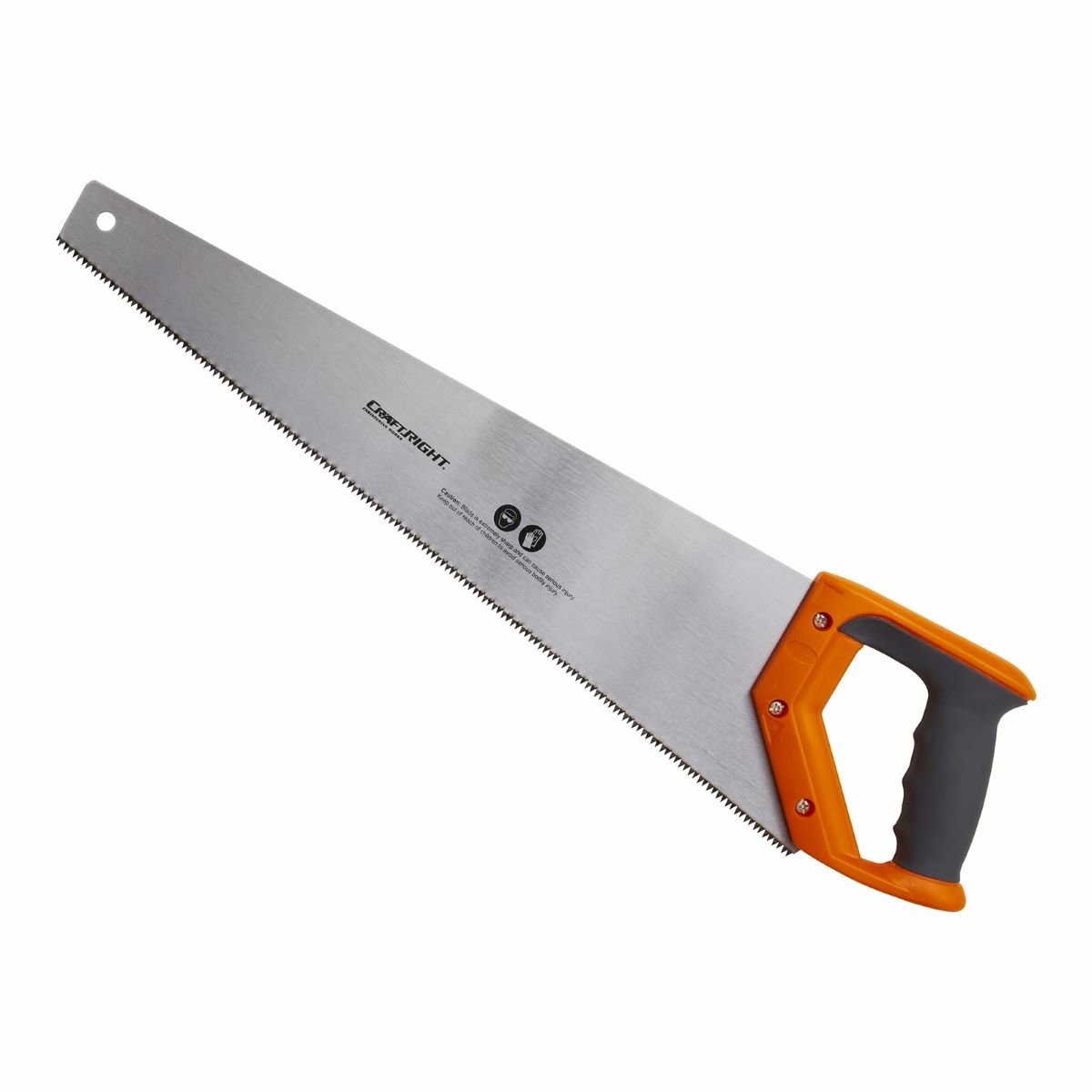
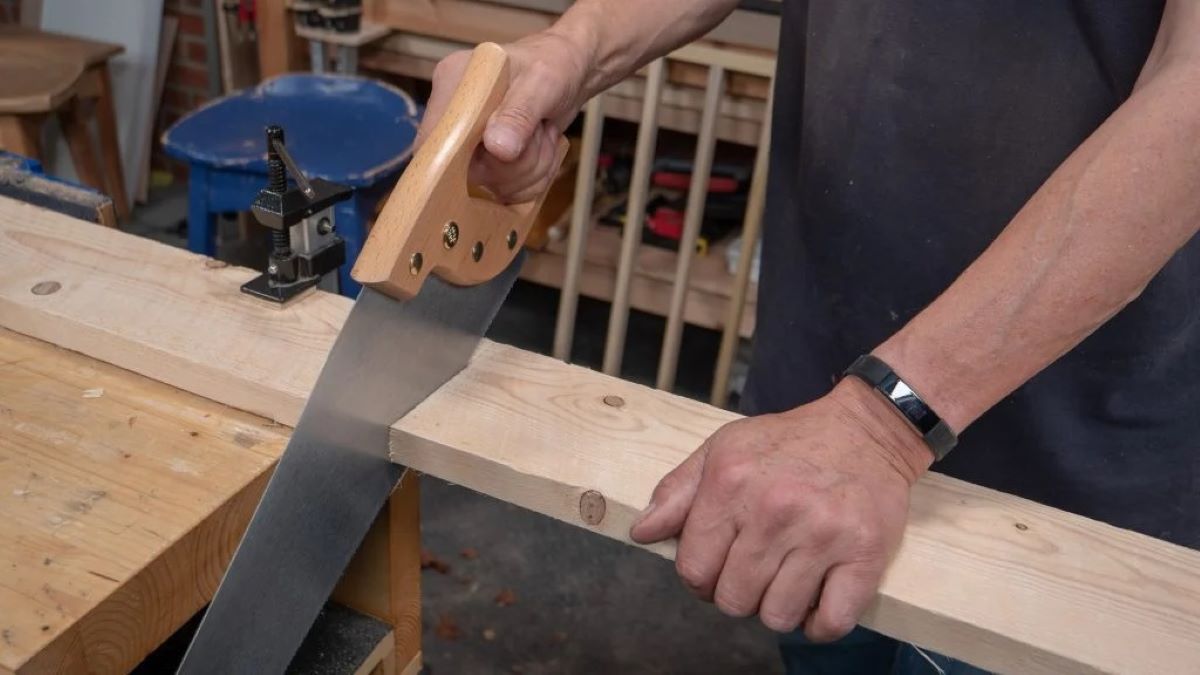
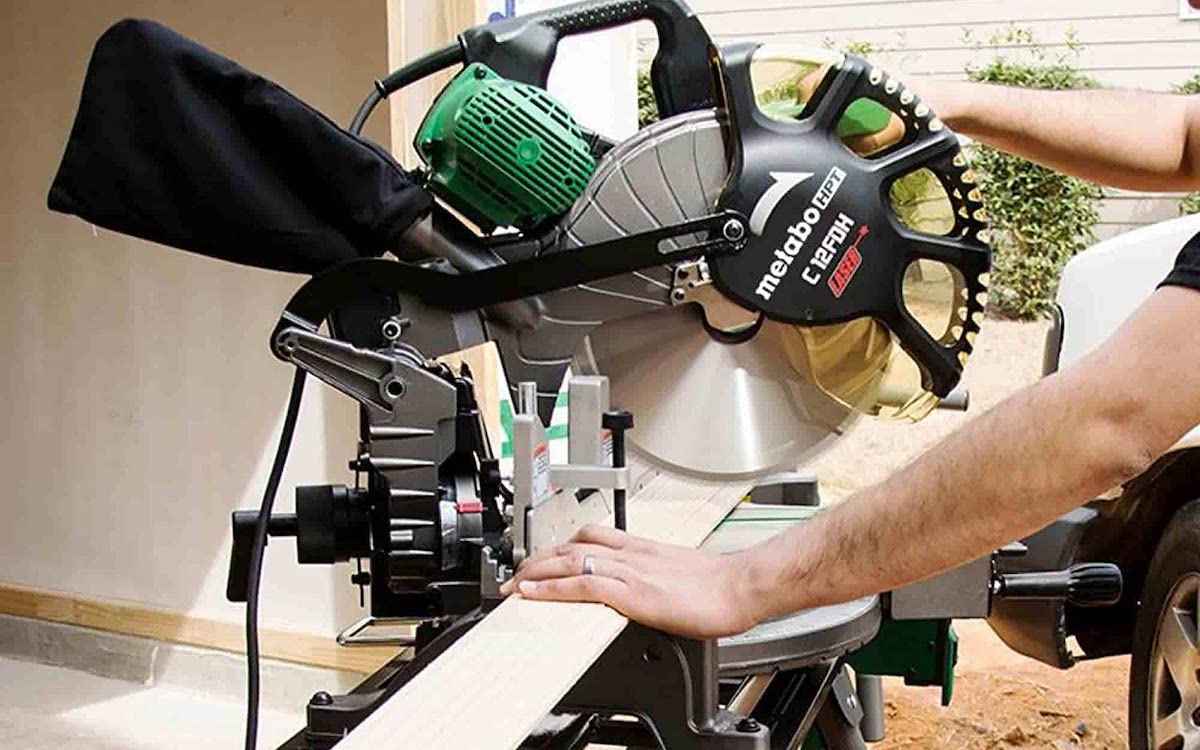
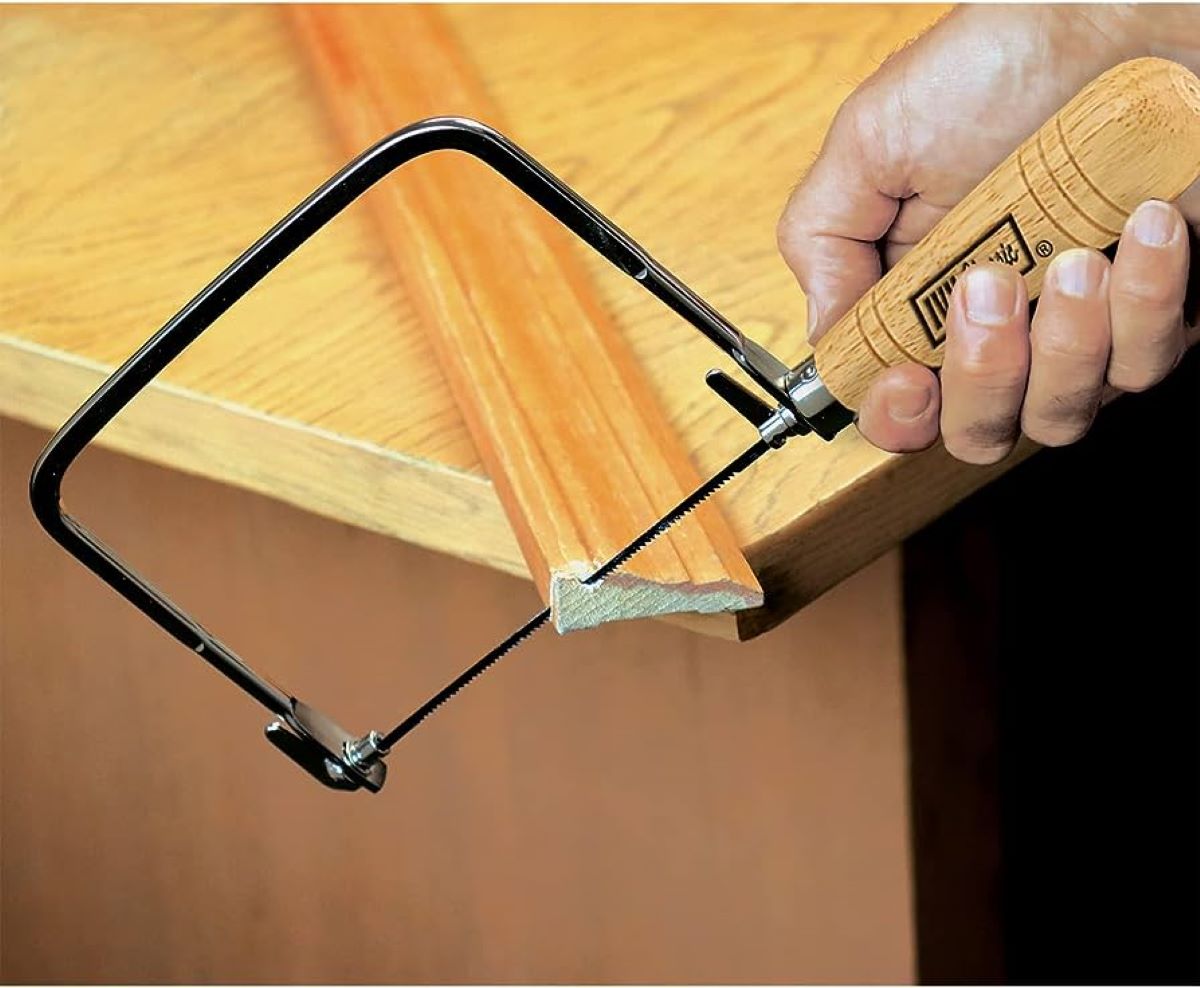
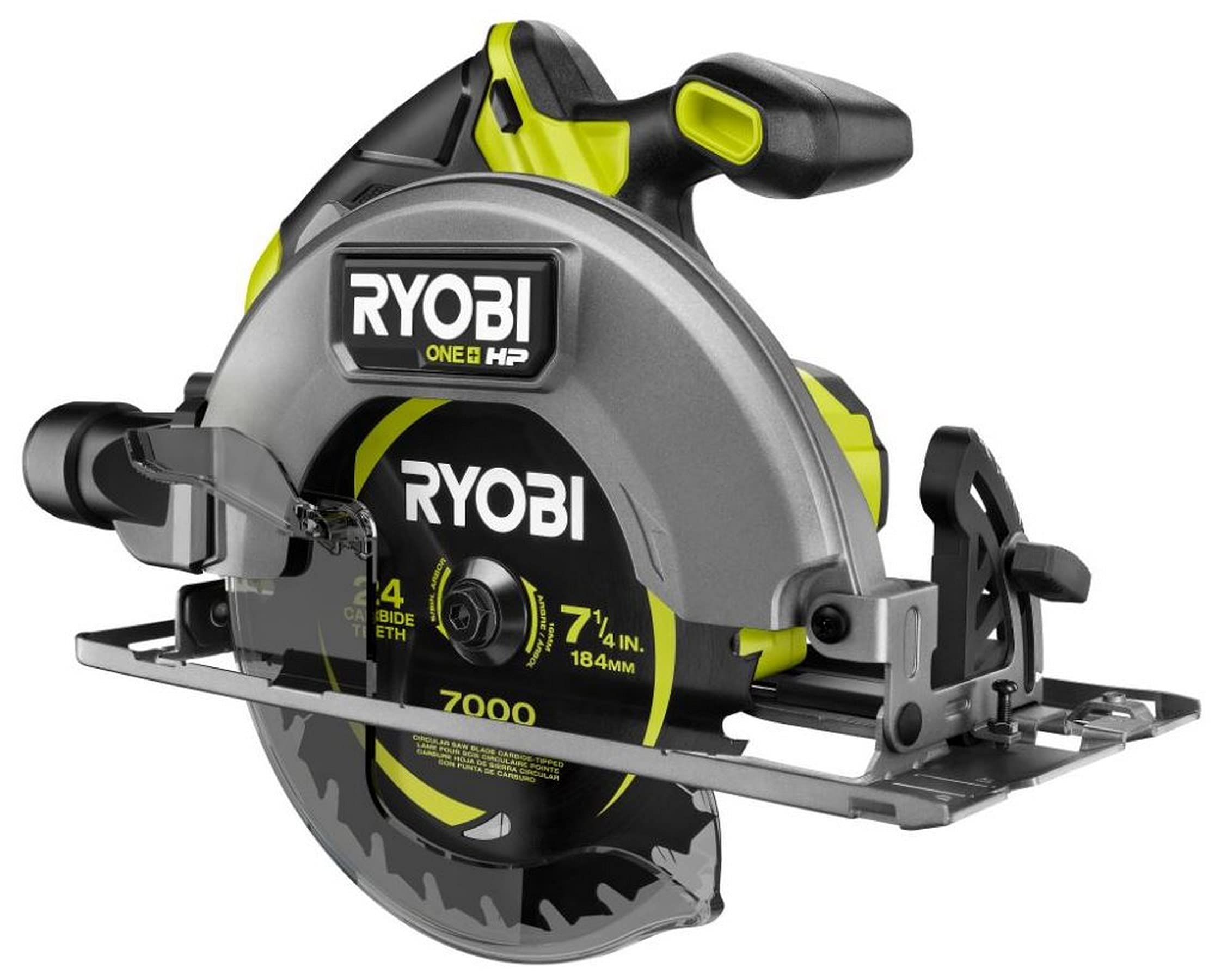

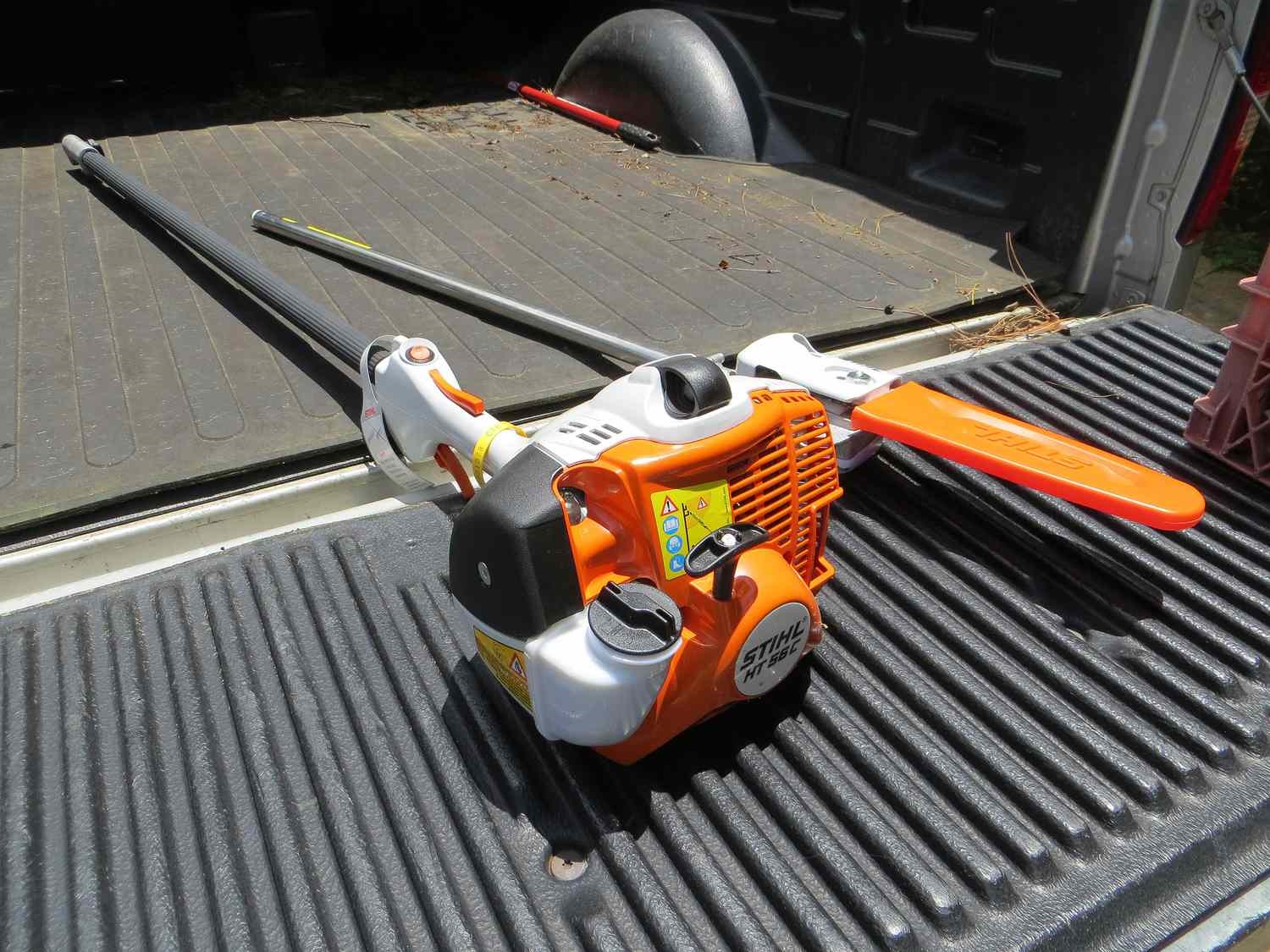







0 thoughts on “What Is Saw Grass”